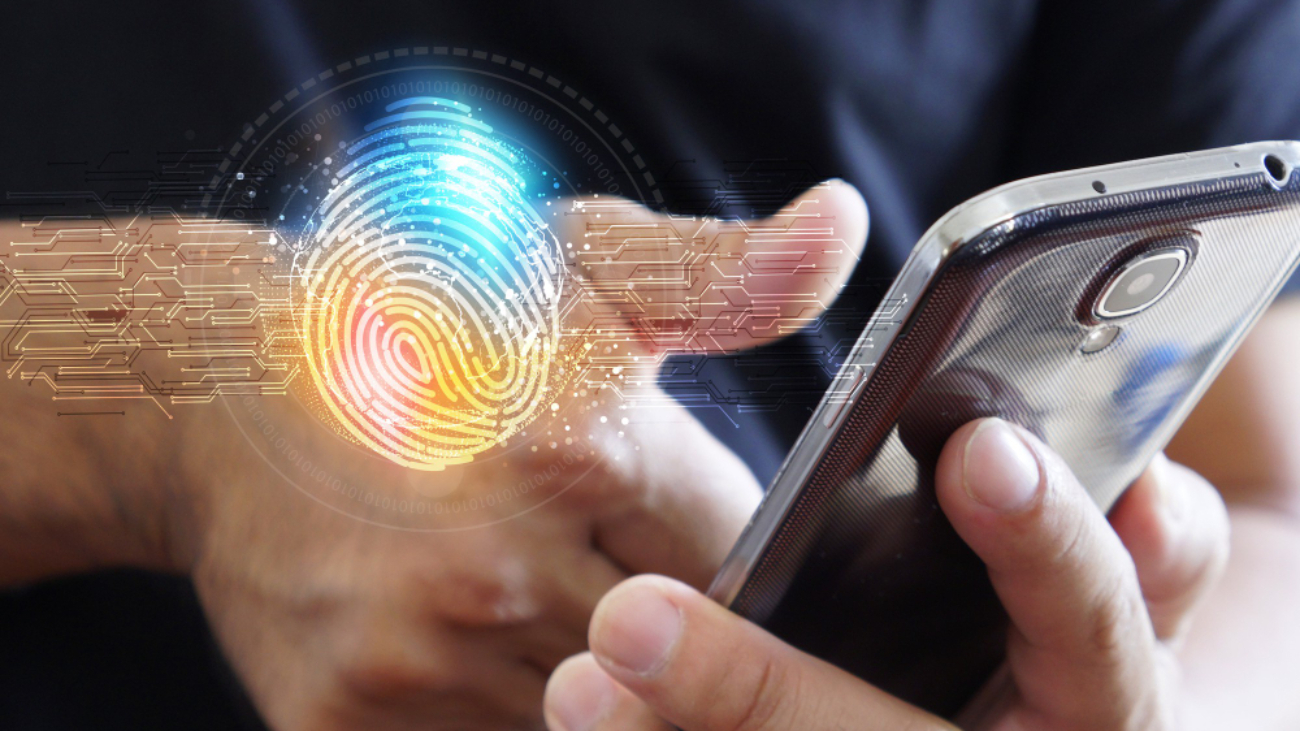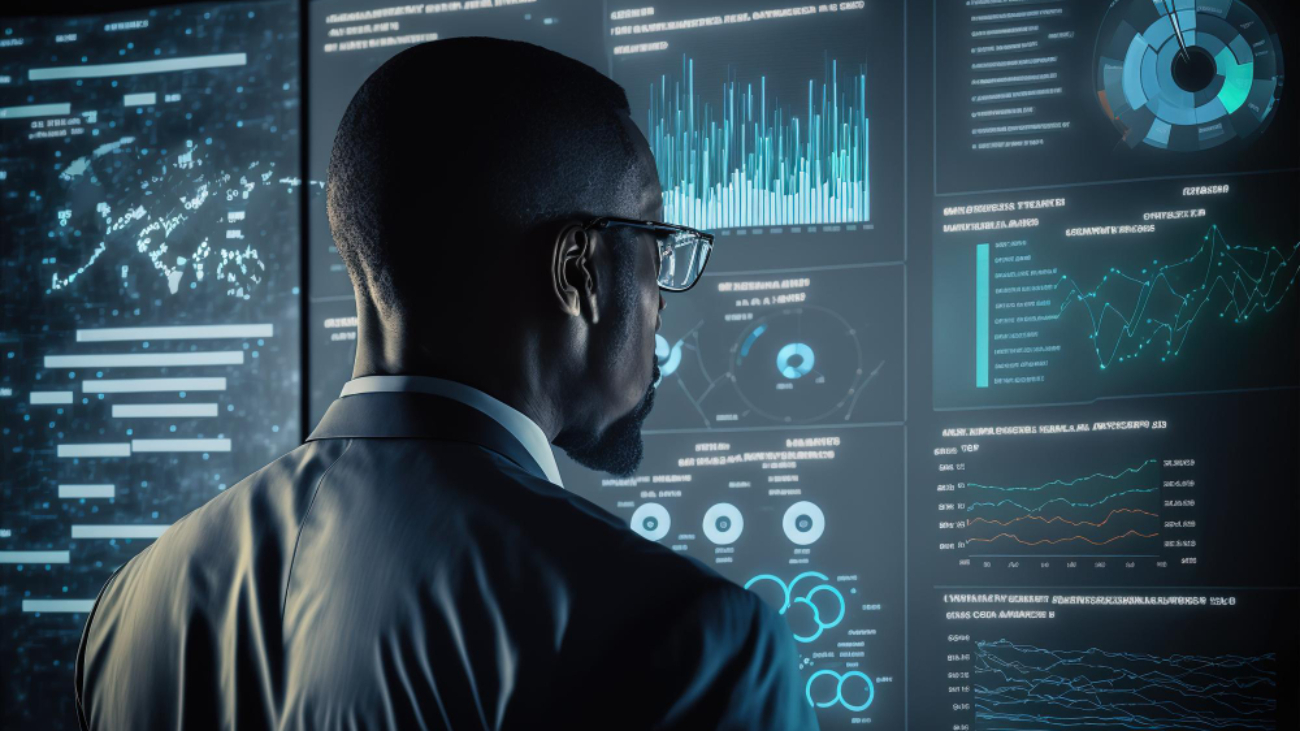Fingerprint recognition is a digital technique verifying a suit between two human fingerprints. It is one of the biometric techniques used to affirm a person’s identity and become aware of it. Fingerprint techniques have been used for a while. Later it turned to automatic due to the development of technology.
Fingerprint identification is very prominent and used for identification purposes. A person’s fingerprints may not change over time. It is a science that uses people’s biological and physical characteristics to identify them. Even the fingerprints of identical twins will not be the same. Fingerprints are also different on each finger. It can play a crucial role in investigations as it can approve or disapprove the identification of a person.
Many fingerprint techniques are used widely, as listed below by Bahaa Abdul Hadi.
Correlation-based matching
In this technique, two fingerprints are overlayed, and the correlation between the corresponding pixels is computed for different alignments. It’s an assuring approach to match the fingerprints of touchless fingerprint sensors and the new generation of high resolution. It will match breaks, ridge shapes, etc.
Minutiae-based matching
This technique is popular and widely used. The fingerprint image is enhanced and converted into binary for processing. The next step is to thin the image, and minutiae are extracted.
Minutiae are pulled out from the two fingerprints and stored as sets of points in the two-dimensional plane. It comprises finding the alignment between the input and the template minutiae sets that develop the highest number of minutiae pairings.
Image-based or pattern-based matching
The pattern-based technique has a set of algorithms. It compares the basic fingerprint patterns, such as loop, arch, and whorl, between a candidate fingerprint and a previously stored template. The image will be aligned in the same orientation for comparison. The algorithm finds a central point and focuses on that to do the same.
The pattern-based algorithm template contains the pattern size, type, and orientations of patterns with the aligned image of the fingerprint. The comparison of the candidate fingerprint image is pictorially made with the template to determine the degree to which they match.
The various fingerprint-matching techniques mentioned in this article better understand how fingerprint recognition is used. It recognizes the identity of human beings in the form of biometrics. It includes all the phases from minutiae extraction from fingerprints to minutiae matching, which initiates a matching score. In the intermediate stages of processing, many standard techniques are used.
Thank you for your interest in Bahaa Abdul Hadi blogs. For more information, please stay tuned to www.bahaaabdulhadi.com







